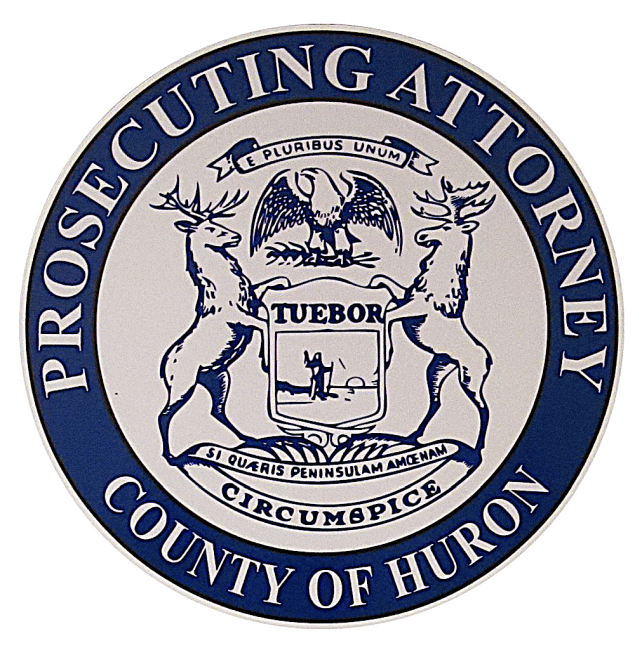
Parents You Matter!
A recent survey of teens finds 23 percent admit they have driven under the influence of alcohol, prescription drugs or marijuana. Almost 20 percent of teens who drink and drive say alcohol improves their driving, while 34 percent say the same about marijuana. This frightening perspective is absolutely wrong.
Underage Drinking – A Deadly Behavior
The research is clear, underage drinking is deadly.
- In the United States in 2012, 926 15-20 year-old drivers were in alcohol-related fatal traffic crashes.
- A New Zealand study found that lowering the drinking age to 18 increased car crashes among their youth by 12% for 18-19 year old males and 14% among 15-17 year old males.
- The National Highway Traffic Safety Administration (NHTSA) estimates that the U.S. minimum drinking age laws have saved 29,292 lives since 1975. The lives saved happened because the teens were not drinking.
The research is just as clear that underage drinking also has unseen consequences. Numerous studies have shown the brain of a person under 21 is still developing. There are important changes occurring in our brains while we are adolescents. Alcohol retards those changes, and has both short term and long-term effects. This includes damaging a teen’s:
- memories
- learning capabilities
- decision–making process, and
- ability to reason
Yet, despite all evidence to the contrary, teens still think their driving improves after drinking alcohol or smoking marijuana. So what can be done to change these dangerously wrong beliefs?
The Guiding Hands of Parents
It all starts at home. Parents are a critical factor. 80 percent of teens report that their parents are a leading factor in their decision to drink or not to drink. The guidance provided by parents can help keep teens alcohol- and drug-free, and that guidance has to start early and continue until they are 21. Allowing a teen to drink alcohol at home is not guidance. The research demonstrates that early introduction to alcohol is a primary risk factor for problem drinking during adolescence. Learning about the harms when teens drink and how to discuss it with their teens is guidance. Providing an environment of open discourse is guidance. Setting limits and not allowing underage drinking in the home or anywhere else while the child is under the age of 21 is guidance. Guidance is taking the time to learn, to talk, and to provide a great role model.
There are a number of online resources that give parents the information and tools they need to provide that guidance. These include: NIDA For Teens; Stop Alcohol Abuse; MADD’s PowerTalk 21; and The Century Council’s – Parent’s Corner
Parental action alone will not change our overall societal perception that underage drinking is a rite of passage. It will take a comprehensive approach involving parents, teachers, law enforcement, criminal justice officials, public officials, and others to make that kind of change. But like so many beliefs and behaviors learned in our early years, what happens at home does make a difference.




